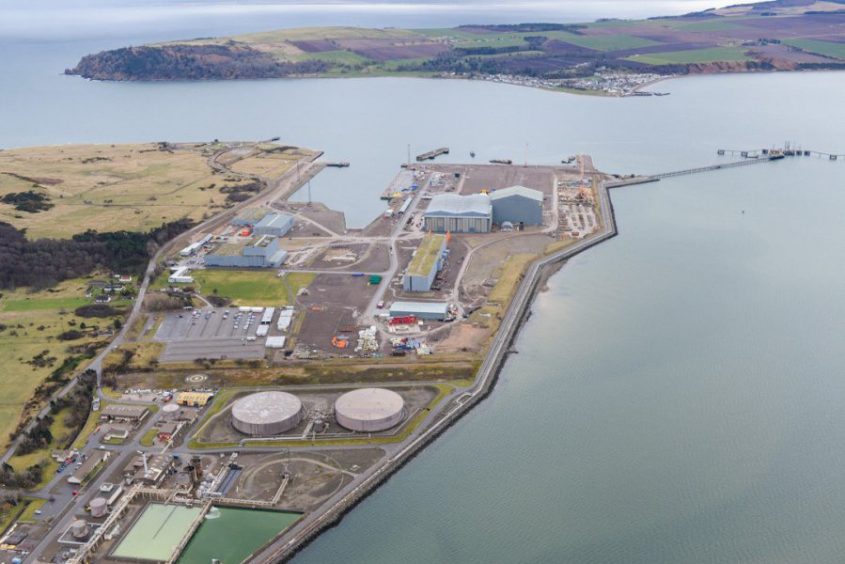
Global Energy Group (GEG) will become operator of the Nigg Oil Terminal jetty in a new agreement with Repsol Sinopec Resources UK (RSRUK).
RSRUK has been seeking reuse options for the facilities at the Highland oil terminal which no longer receives any throughput since production ceased from the Beatrice field in the Moray Firth.
Under the deal, the jetty will be operated by GEG as an extension to the Port of Nigg, which already provides deep-water services to the oil and gas, renewables and wider energy markets.
RSRUK will continue to operate the main oil terminal, which is in the early stages of decommissioning.
GEG will be responsible for decommissioning liabilities around the jetty itself.
Chairman of Global Energy Group, Roy MacGregor, said: “I am delighted that we have reached this agreement with Repsol Sinopec. The Nigg Jetty is a valuable addition to our facilities.
“It not only increases our deep-water quayside capacity but enables us to consider bringing new business lines to the Port, creating further employment for the area.”
The Nigg Oil Terminal, located around a mile away from the village of Nigg and 35miles north-east of Inverness, was built in 1979 to accept crude oil from Beatrice via pipeline.
Transfer of the jetty’s operatorship is expected to be completed by the end of this year, allowing RSRUK to focus on decommissioning the main terminal.
Nicolas Foucart, chief operating officer of RSRUK, said: “This is a clear example of a win-win situation: the transfer of the jetty will improve local industry capabilities to support emerging opportunities in the area, while Repsol Sinopec can focus its efforts on safely and efficiently decommissioning the terminal by reducing our operational footprint.
“We are pleased to have been able to reach this agreement and to know that it will help to sustain employment in the area for years to come.”
The UK government approved decommissioning plans for the Beatrice field earlier this year.
Beatrice, located about 14 miles off Helmsdale, came on stream in 1981.
RSRUK intends remove the topsides, jackets and subsea infrastructure, while leaving pipelines in situ.
Topside removal is scheduled to begin around 2025.
